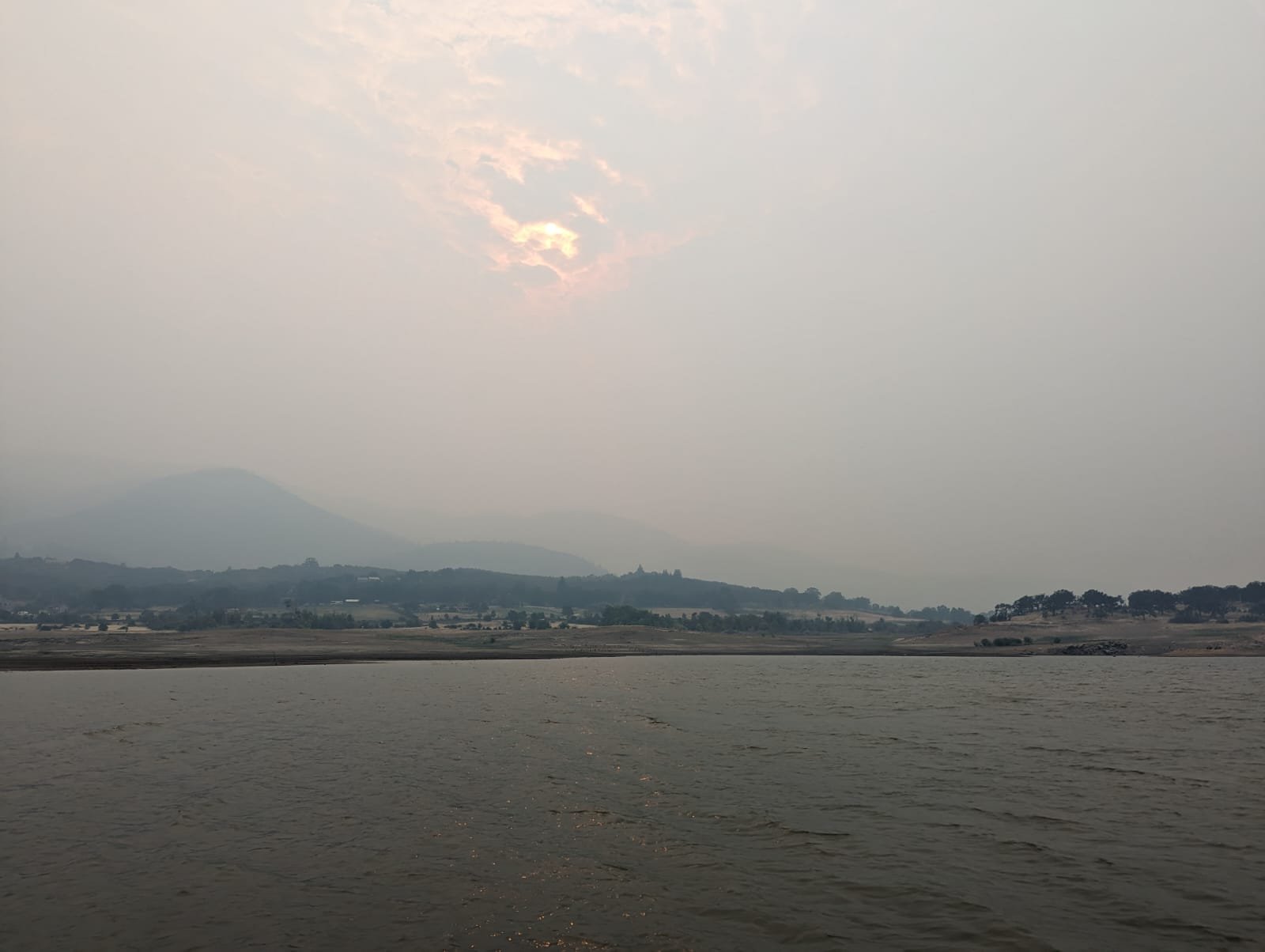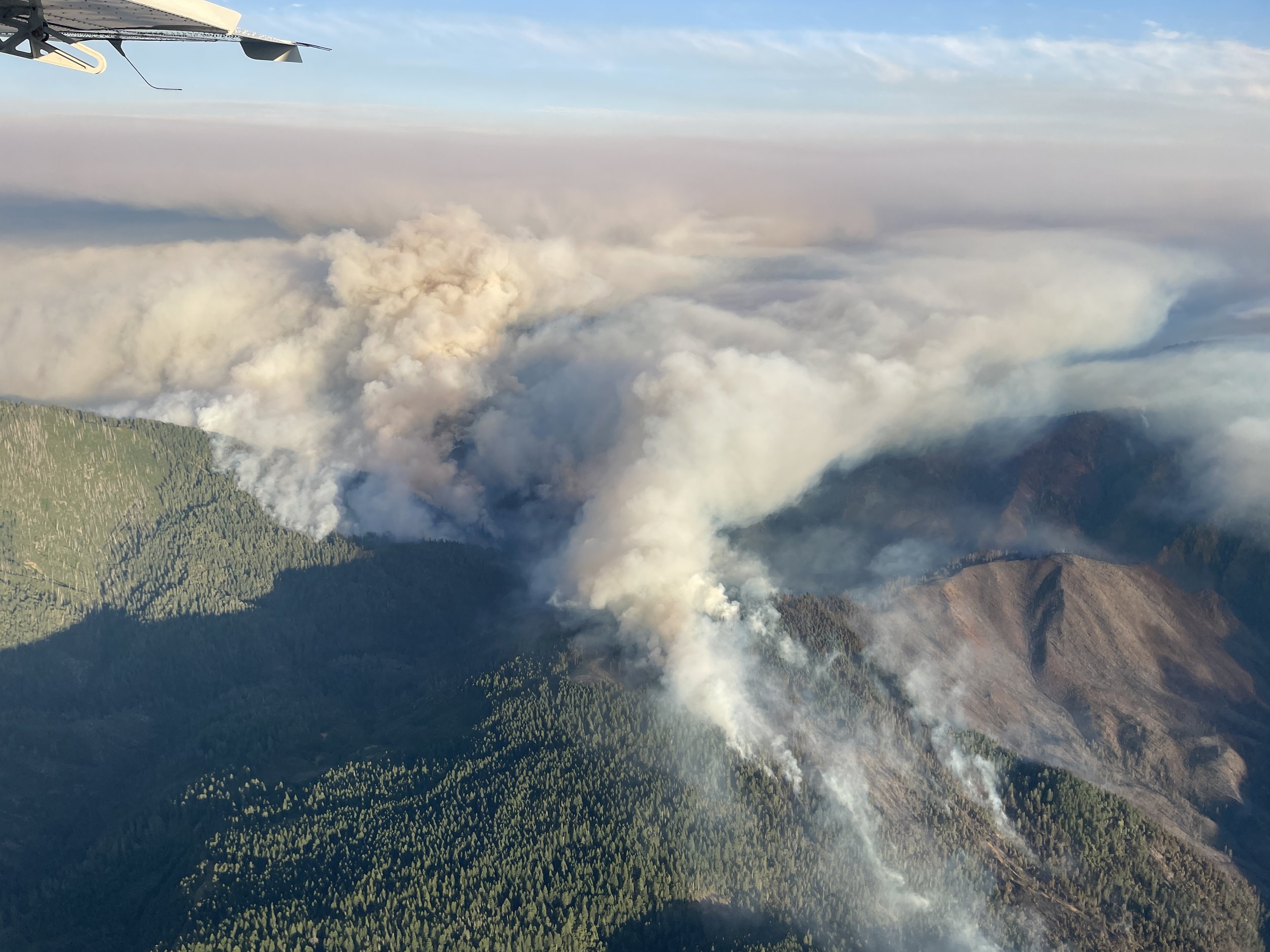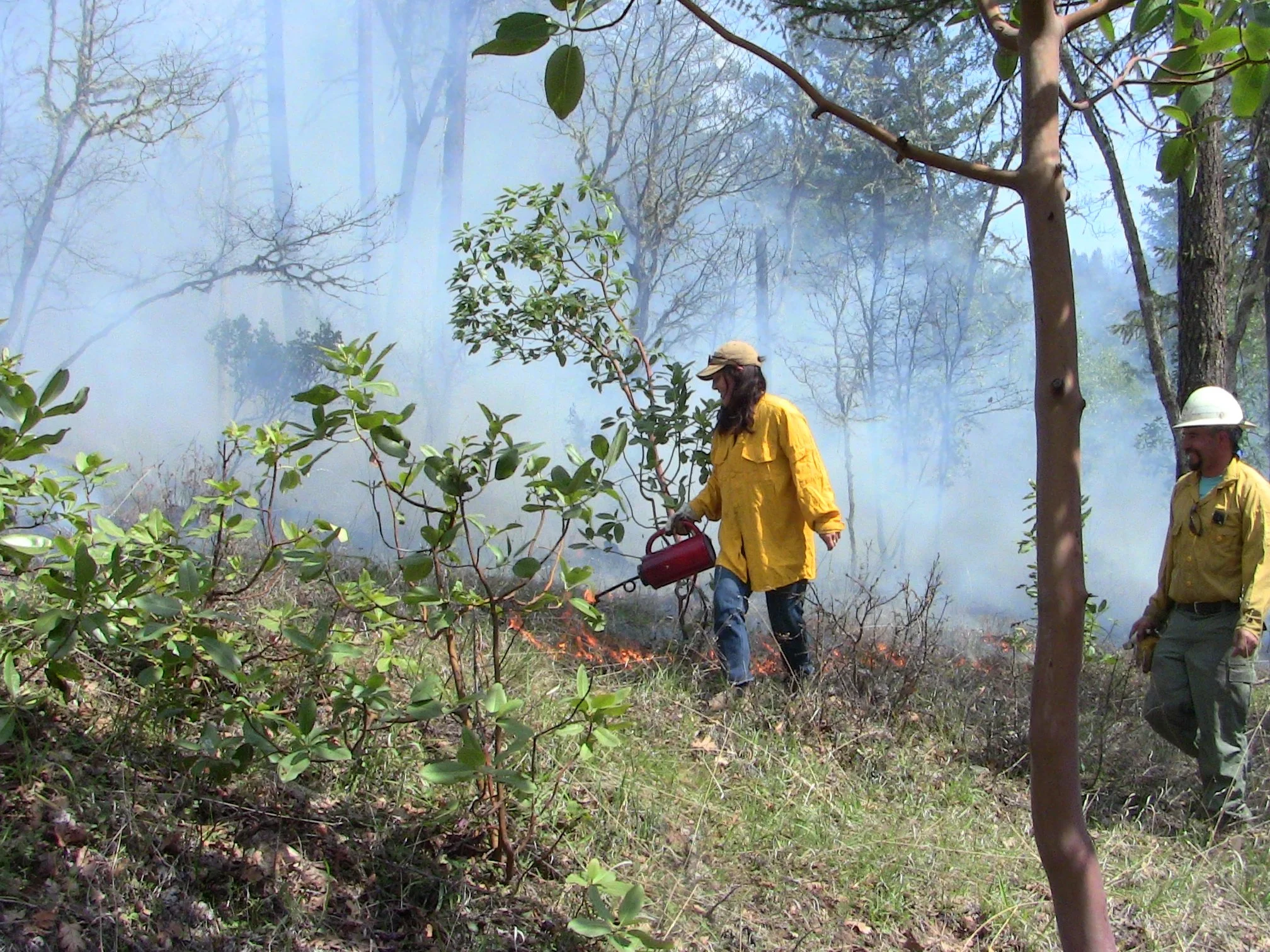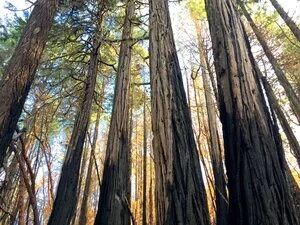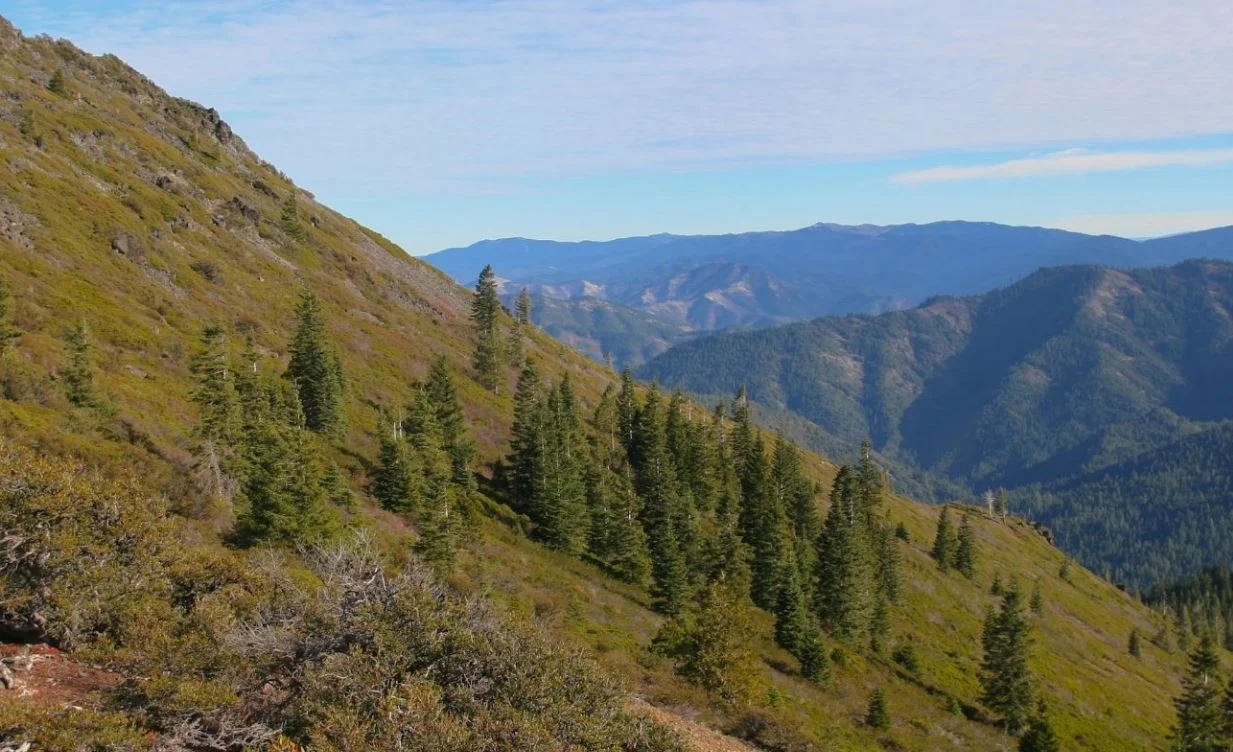PODs-Potential Operational Delineations
PODs work by identifying and mapping control features that could be used to help contain wildfires (roads, trails, ridgelines, drainages, recent fuel treatments). An experienced firefighter would use maps, aerial imagery and leg work to identify those features where crews had a good chance of stopping a fire and what resources were most at risk from fire damage. In an effort to modernize this approach, scientists are promoting a new initiative that combines local knowledge from firefighters and resource specialists with advanced spatial analysis. The result is a detailed risk assessment, capable of informing wildfire planning and response before the fire starts.
More Locally, Oregon State University scientists have worked up a preliminary ‘Atlas of Potential Control Lines’ for a portion of the Rogue Basin. The Atlas (see Figure 1) shows where the best places are to stop a fire (shown in blue) with somewhat less effective places (shown in green). These control lines are almost always roads.
Taking a closer look, Figure 2 shows a zoomed in picture of the Sterling Creek Road area. The blue area at the upper right is the relatively nonflammable streets and landscaped yards of Jacksonville. Running from the upper right towards the lower left is Griffin Lane and Sterling Creek Road (highlighted in green). These lines indicates a good place to stop a moving wildfire. The map also shows that steep mid-slope collector roads are not good fire lines.
Figure 1: Atlas of Potential Control Lines by Oregon State University Scientist Chris Dunn.
Figure 2: The Sterling Creek Road area close up from the Atlas of Potential Control Lines map.

